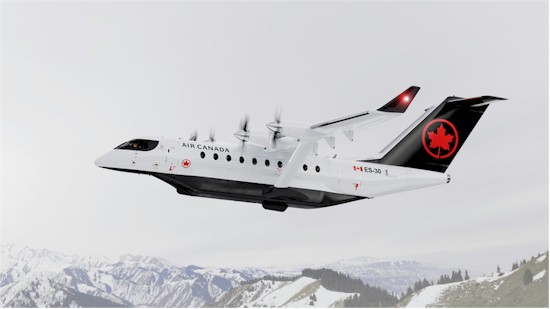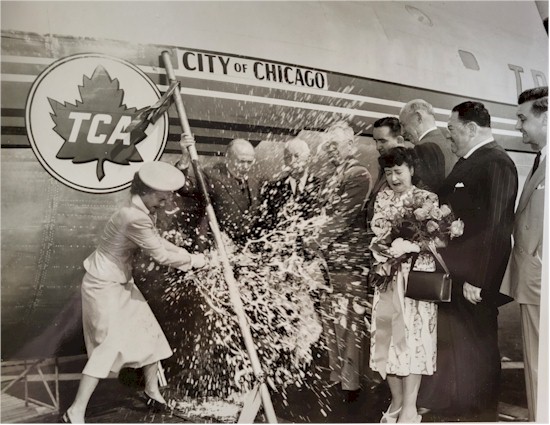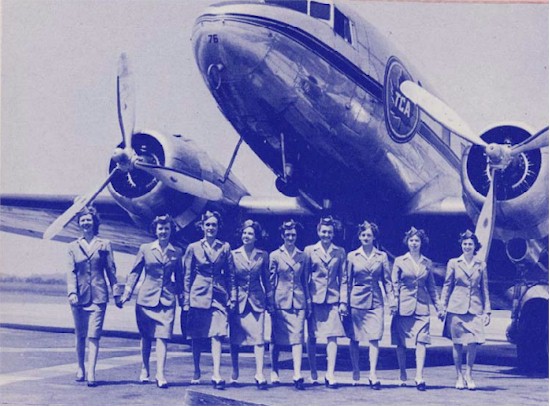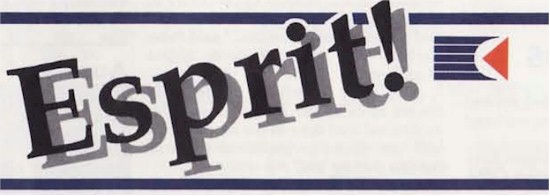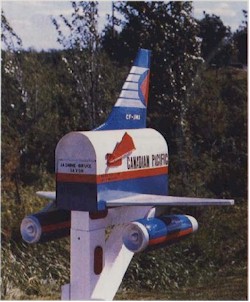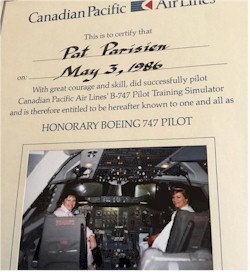|
|
|
Info from the interior of the schedule reads: Do you know about our DC-3 Charter Services? Passenger groups of up to 28 persons can be accommodated for sports events (teams or spectators), business or association meetings, hunting and fishing excursions, or any groups requiring specialized service in the commercial or recreational fields. Cargo flights with payloads of up to 6,500 lbs. are also provided by Air Caravane.
|
 |
|
CF-WIC in Millardair livery Toronto - June 30, 1971 Photo courtesy of Gary Vincent |
|
Air Canada Marks its 85th Anniversary, Donates CF-TCC, Historic Aircraft From its Original Fleet to Winnipeg's Royal Aviation Museum of Western Canada. The Lockheed L‐10A Electra arrives at its permanent home for the public to enjoy! In celebration of its 85th anniversary, Air Canada today donated its historic aircraft, an original Lockheed L-10A Electra airplane to Winnipeg's Royal Aviation Museum of Western Canada. The iconic aircraft, the first fleet type flown by the carrier, made its final journey as it taxied from the Air Canada hangar at Winnipeg International Airport to the Museum at a handover ceremony. The airplane will go on permanent public display as an iconic piece of aviation history. The aircraft, with registration CF-TCC, was one of three purchased by Air Canada's forerunner, Trans-Canada Air Lines (TCA), in 1937. It was until recently one of only two Lockheed L10-A Electra aircraft still flying in the world. Full story and video link at: media.aircanada.com |
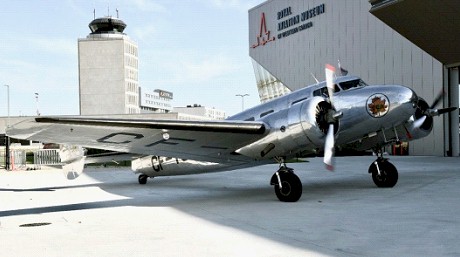 |
|
Air Canada to Acquire 30 ES-30 Electric Regional Aircraft from Heart Aerospace Air Canada today announced a purchase agreement for 30 ES-30 electric-hybrid aircraft under development by Heart Aerospace of Sweden. The revolutionary regional aircraft, expected to enter service in 2028, will generate zero emissions flying on battery power and yield significant operational savings and benefits. Under the agreement, Air Canada has also acquired a US$5 million equity stake in Heart Aerospace. "Air Canada has taken a leadership position in the industry to address climate change. The introduction into our fleet of the ES-30 electric regional aircraft from Heart Aerospace will be a step forward to our goal of net zero emissions by 2050," said Michael Rousseau, President and Chief Executive Officer of Air Canada. "Already, Air Canada is supporting the development of new technologies, such as sustainable aviation fuels and carbon capture, to address climate change. We are now reinforcing our commitment by investing in revolutionary electric aircraft technology, both as a customer for the ES-30 and as an equity partner in Heart Aerospace." Full story and video link at: media.aircanada.com |
|
Artist conception - not an actual aircraft |
 for the latest posts at the Air Canada Media Centre. for the latest posts at the Air Canada Media Centre. |
 Click the logo to open the Air Canada YouTube channel. Click the logo to open the Air Canada YouTube channel. |
|
From the 'Esprit' magazine. |
|
|
Issue dated December 1986 |
|
|
Here is how it looked as employees hired in 1961 celebrated 25 years with the airline at a Hotel Vancouver dinner. |
|
 |
|
|
Tarmac nostalgia from 1974 . . . CPAL's last DC-3 and its first B-747 |
|
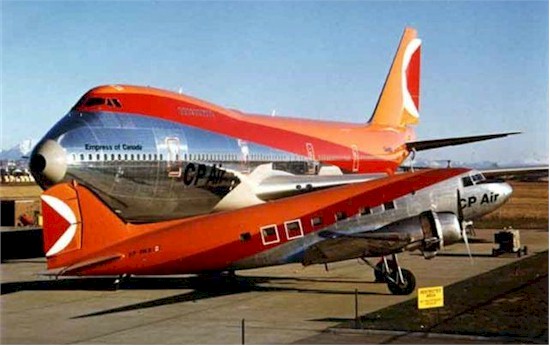 |
|
|
Editors' Note: Ken Pickford noticed that the caption is incorrect. Actually the B-747 pictured was not CP's first, it was the second. The first was C-FCRA, originally 'Empress of Asia' but changed fairly quickly to 'Empress of Japan', delivered November 15, 1973. The B-747 in the photo is C-FCRB, 'Empress of Canada' (name visible on forward fuselage), delivered December 3, 1973. They were adjacent on the production line, 225th and 226th B-747's built. I'm not certain but I think that photo may have been taken in 1973, very soon after delivery and before it went into service. That last CP DC-3 (CF-CRX) was retained for pilot training when the last couple of DC-3s were retired from passenger service in 1969. It was sold to YVR-based Harrison Airways in October 1974. |
|
|
Issue dated January 1987 |
|
|
Empress of Belwood
It's a basic metal mail box with wooden wings, tail and engines. |
|
 Found on the CP Air Employees Facebook page - Found on the CP Air Employees Facebook page - |
|
|
This is Pat Parisien crashing the simulator in Hong Kong. |
|
|
Posted by Irene Sam - PR for inaugural flight into Ottawa |
|
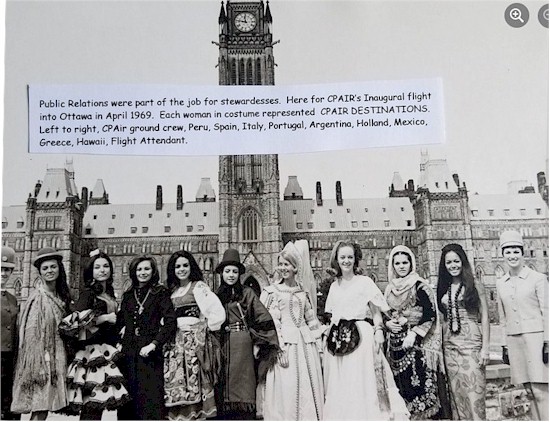 |
|
|
From Larry Milberry at www.canavbooks.wordpress.com C-FMAU is the Otter that the late Max Ward of Wardair used for years at his summer camp on the Copper Mine River, NWT. 'MAU' is a 'Texas Turbine' conversion using a 900-shp Garrett engine. Pictured on the left is the aircraft at a De Havilland Aircraft of Canada event in Downsview, Ontario. On the right, Ted Larkin caught 'MAU' in flight. |
|
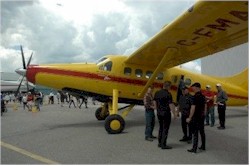 |
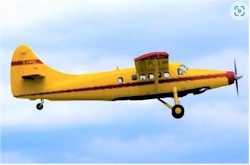 |




